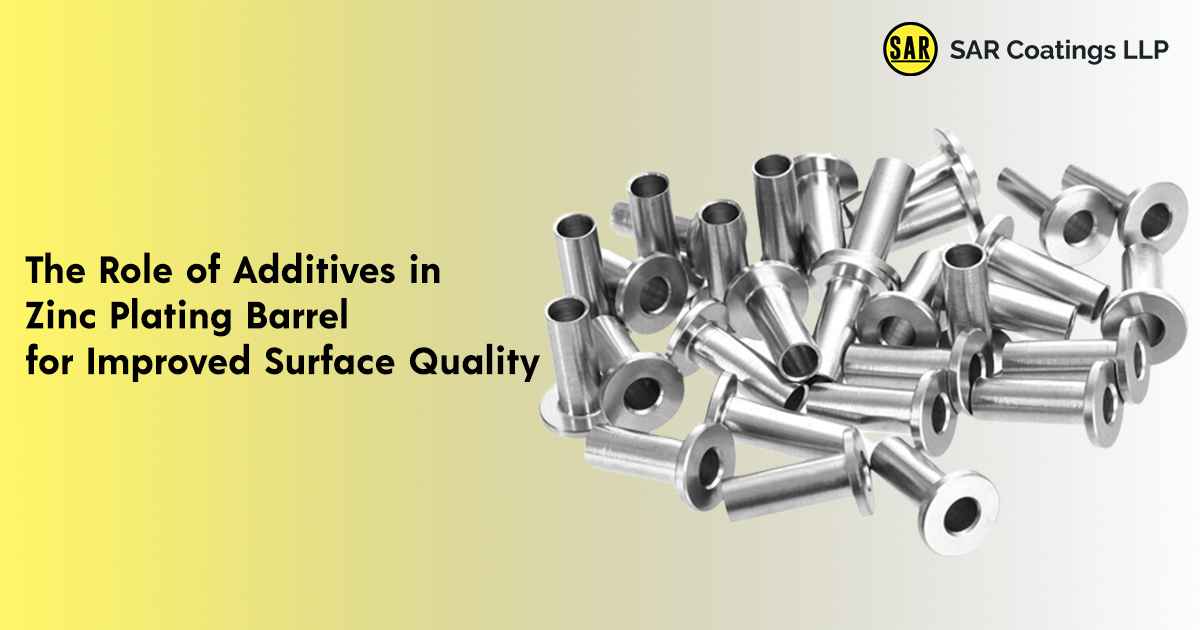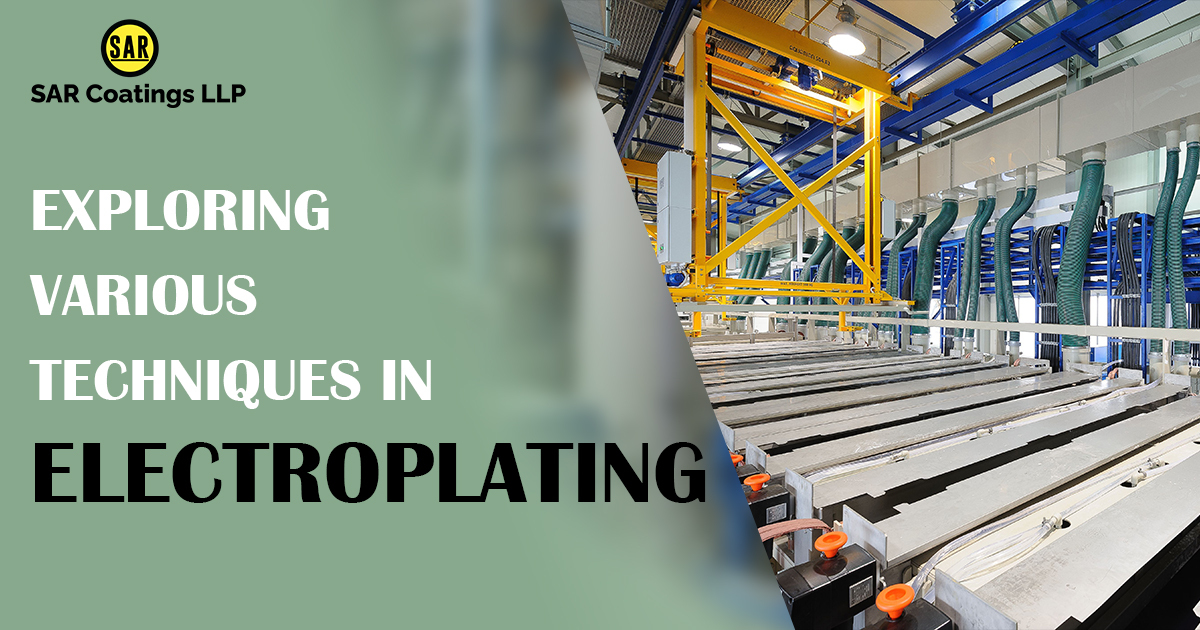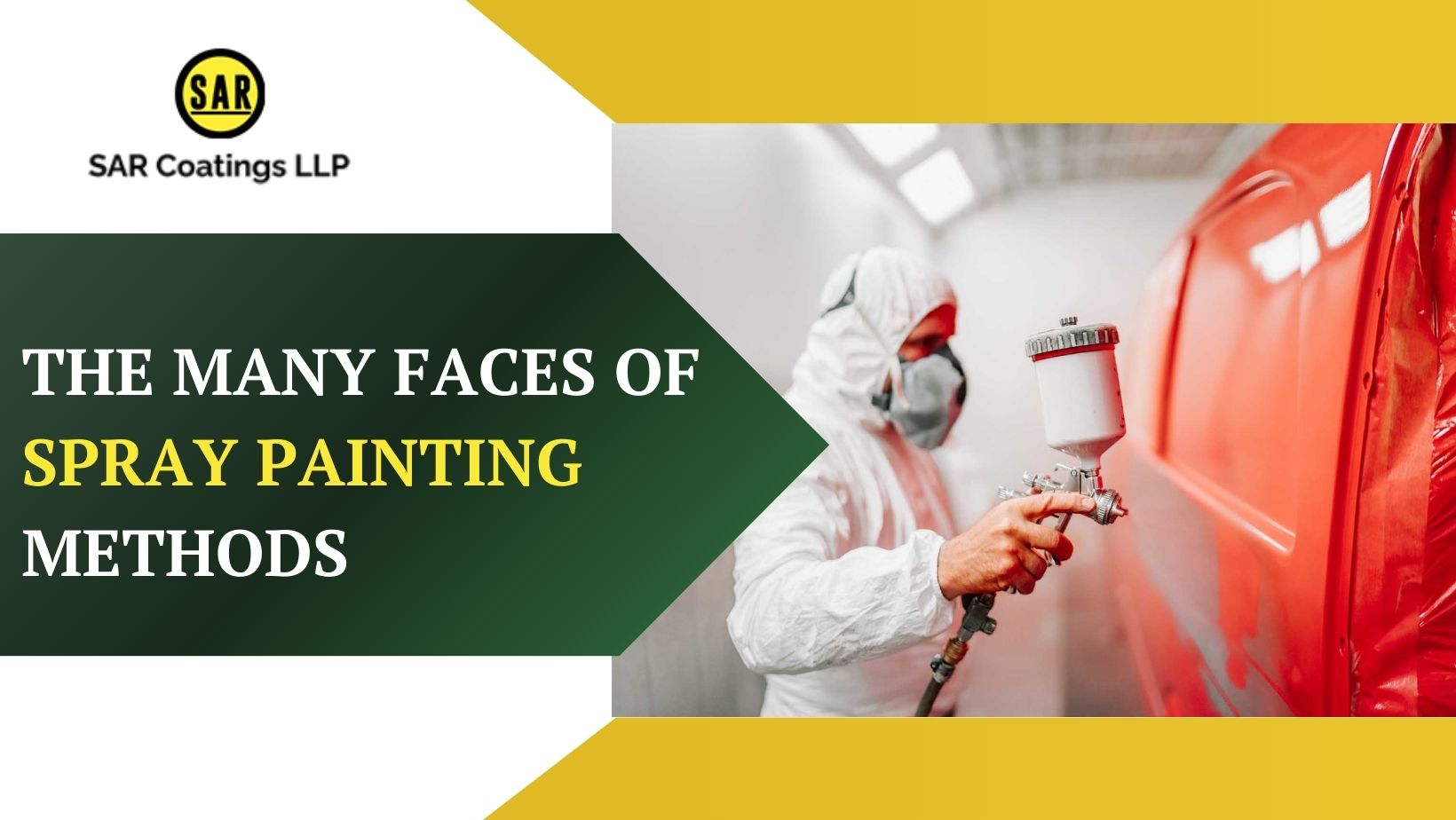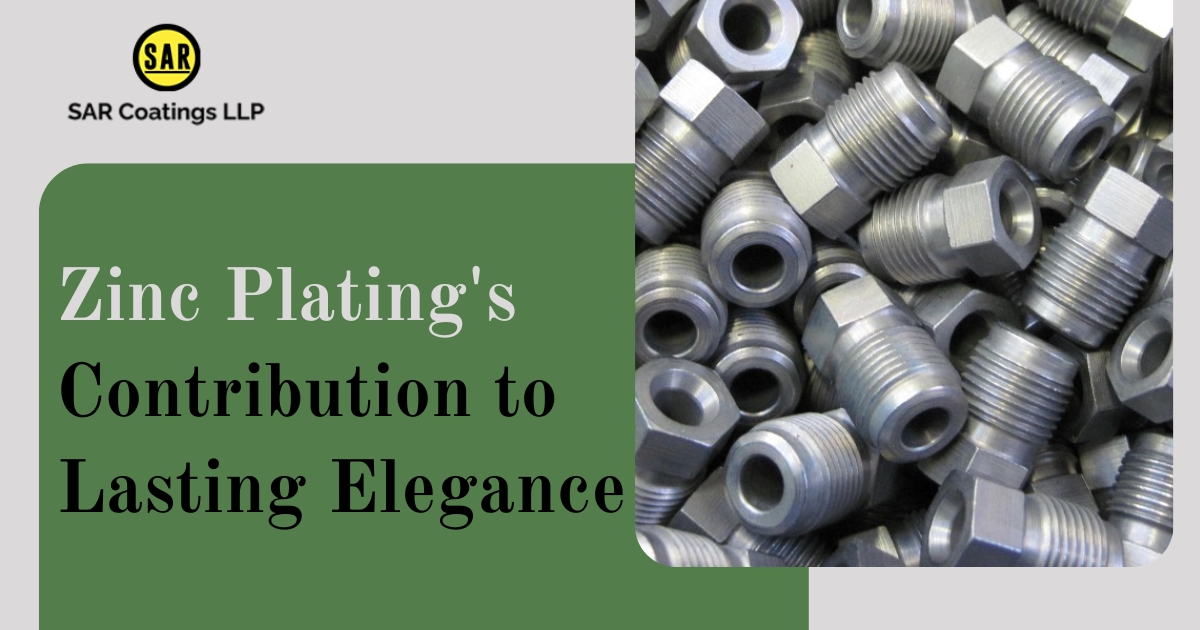
The Role of Additives in Zinc Plating Barrel for Improved Surface Quality
In the realm of metal finishing, achieving exceptional surface quality is a paramount concern. Zinc Plating has emerged as a valuable technique for enhancing the surface characteristics of various components. A significant contributor to the success of plating barrel is the strategic use of additives. This article delves into the crucial role that additives play in the process of Zinc Plating Barrel , elucidating their impact on surface quality improvement.
The Role of Additives in Zinc Plating Barrel for Improved Surface Quality
Additives, also known as plating bath additives or brighteners, are chemical compounds added to the electrolytic plating bath during the zinc plating barrel process. They serve multiple purposes that collectively lead to improved surface quality. The specific functions of additives include:
- Enhancement of Deposition Uniformity: Additives aid in achieving a more uniform distribution of the zinc deposit on the substrate's surface. This uniformity eliminates uneven coatings and ensures consistent surface quality throughout the plating process.
- Minimization of Porosity: Porosity in plated coatings can lead to reduced corrosion resistance and compromised surface appearance. Additives help mitigate porosity by promoting a dense and tightly adherent zinc layer, resulting in enhanced durability and aesthetics.
- Reduction of Micro-Cracking: Micro-cracks can form in plated layers due to stress and strain. Additives assist in reducing the occurrence of micro-cracks by optimizing the plating process parameters, contributing to a smoother and crack-free surface.
- Improvement of Brightness and Luster: Additives contribute to the visual appeal of the plated surface by enhancing its brightness and luster. This is especially relevant in situations where aesthetics are important.
- Control of Grain Structure: The grain structure of the plated deposit influences its mechanical properties and surface smoothness. Additives aid in achieving a refined and desirable grain structure, resulting in improved overall surface quality.
- Enhanced Adhesion: Proper adhesion of the plated layer to the substrate is crucial. Additives facilitate strong adhesion by promoting nucleation and growth of the zinc crystals on the substrate surface.
- Reduction of Hydrogen Embrittlement: Hydrogen embrittlement is a concern in zinc plating services. Additives can help mitigate this issue by controlling hydrogen absorption during the plating process, ensuring the structural integrity of the component.
Methods of Incorporating Additives in a Zinc Plating Barrel
To harness the benefits of additives effectively, they must be incorporated correctly into the Zinc Plating Barrel process. There are two primary methods of adding additives:
- Direct Addition: In this method, additives are directly introduced into the plating bath. This can be done either as a liquid solution or by dissolving solid additives. Proper dosing and monitoring are essential to maintaining the desired additive concentration.
- Pulse Plating: Pulse plating involves periodically applying a higher current density to the plating bath. This "pulsing" action helps distribute the additives evenly, enhancing their effectiveness and promoting uniform plating.
- Ultrasonic Agitation with Additives: Ultrasonic agitation can be employed alongside the incorporation of additives. The ultrasonic waves aid in distributing the additives evenly throughout the plating bath, ensuring that they reach all areas of the components consistently.
- Electroless Plating Incorporation: Electroless plating, a chemical deposition process, can be coupled with a Plating Barrel . Additives used in the electroless process contribute to the initial layer, modifying its structure before subsequent zinc deposition.
Elevating Surface Quality
The role of additives in Plating Services is undeniably pivotal for achieving enhanced surface quality. Their multifaceted contributions, from ensuring uniformity and adhesion to minimizing defects, make them indispensable in modern plating processes. By understanding the functions and methods of incorporating additives, manufacturers can elevate the quality of their products and meet the demands of industries that prioritize impeccable surface finishes.
Enhance your components' visual appeal, durability, and performance through the strategic utilization of additives in Zinc Plating Barrel . As technology advances, additives continue to evolve, promising even more refined and flawless surface quality in the future.



